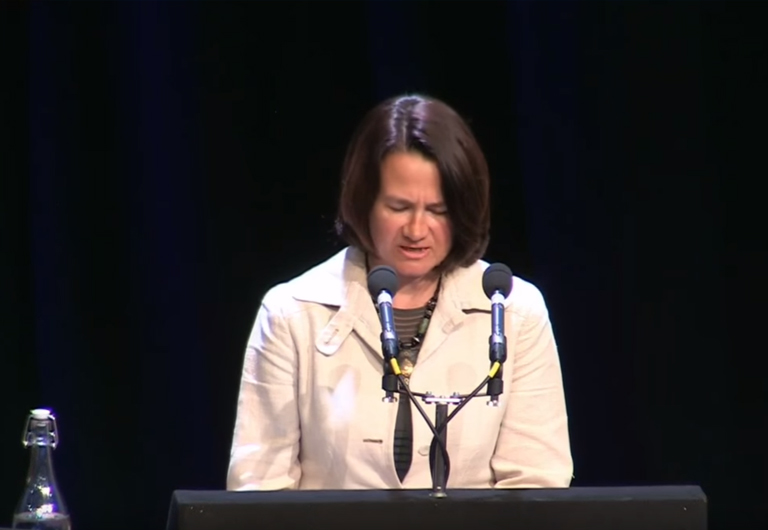The Swarthmore Lecture | Woodbrooke Conference Centre
The Swarthmore Lecture | Woodbrooke Conference Centre
The Swarthmore Lecture
Audio and video recordings of past Swarthmore Lectures.
2018 Swarthmore Lecture (Video)

The 2018 Swarthmore Lecture: ‘Changing ourselves, changing the world’ was given by life-long Quaker, artist and activist Chris Alton. You can watch a subtitled recording of Chris Alton’s Swarthmore Lecture here:
2018 Swarthmore Lecture (Audio)

The audio recording of Chris Alton’s 2018 Swarthmore Lecture.
2017 Swarthmore Lecture (Video)

The Swarthmore Lecture 2017: Faith in politics? A testimony to equality was given by Catherine West at 7:30 pm on Monday 31st July 2017 as part of Yearly Meeting Gathering at Warwick University.
2017 Swarthmore Lecture (Audio)

The Swarthmore Lecture 2017: Faith in politics? A testimony to equality was given by Catherine West at 7:30 pm on Monday 31st July 2017 as part of Yearly Meeting Gathering at Warwick University.
2016 Swarthmore Lecture (Video)

The 2016 Swarthmore Lecture was given by Cécile Nyiramana and Esther Mombo. This lecture will focus on the peace building work of East African Quakers.
2016 Swarthmore Lecture (Audio)

The 2016 Swarthmore Lecture was given by Cécile Nyiramana and Esther Mombo. This lecture will focus on the peace building work of East African Quakers.
2015 Swarthmore Lecture (Audio)

The 2015 Swarthmore Lecture will consider our peace testimony in relation to the current global context and drawing on what she has learned from her practical experience of violence and peacemaking
2015 Swarthmore Lecture (Video)

The 2015 Swarthmore Lecture will consider our peace testimony in relation to the current global context and drawing on what she has learned from her practical experience of violence and peacemaking
2014 Swarthmore Lecture (Audio)

The 2014 Swarthmore Lecture explores the theme of transformation, ending with a call for us as Quakers to return to a transforming and transformational faith.
2014 Swarthmore Lecture (Video)

The 2014 Swarthmore Lecture explores the theme of transformation, ending with a call for us as Quakers to return to a transforming and transformational faith.






















